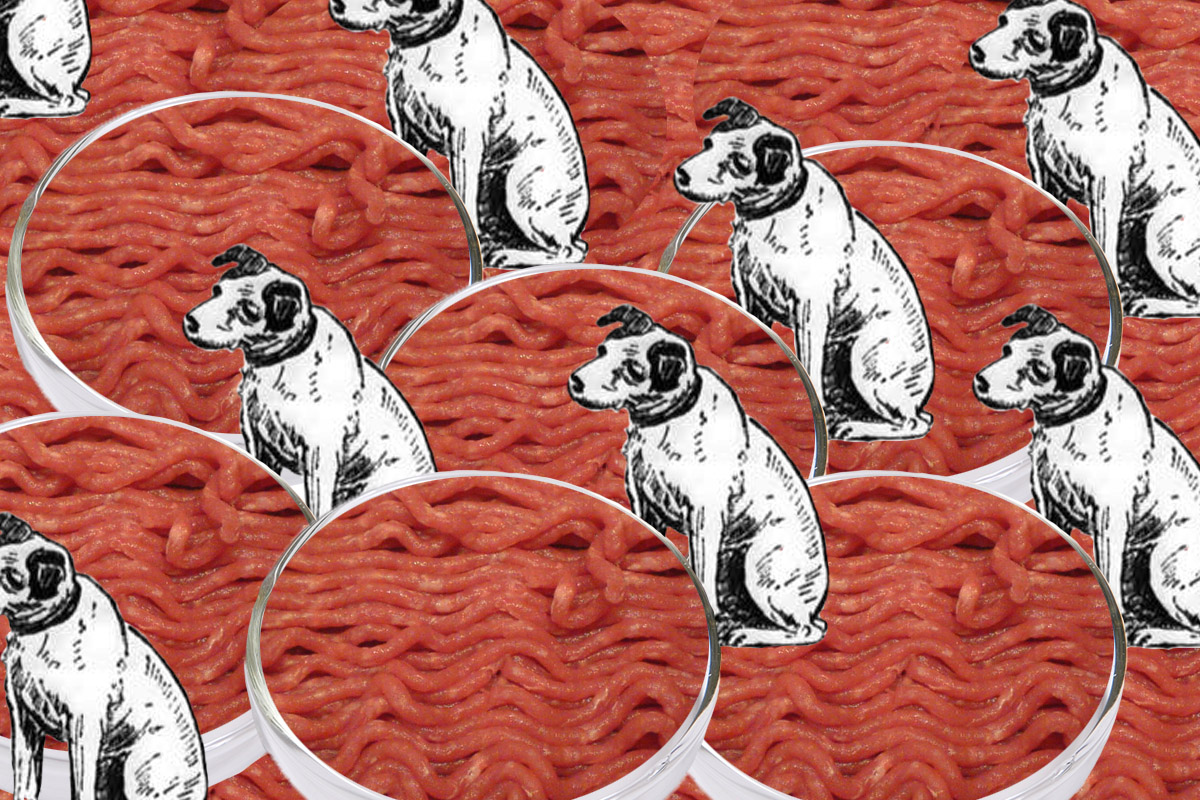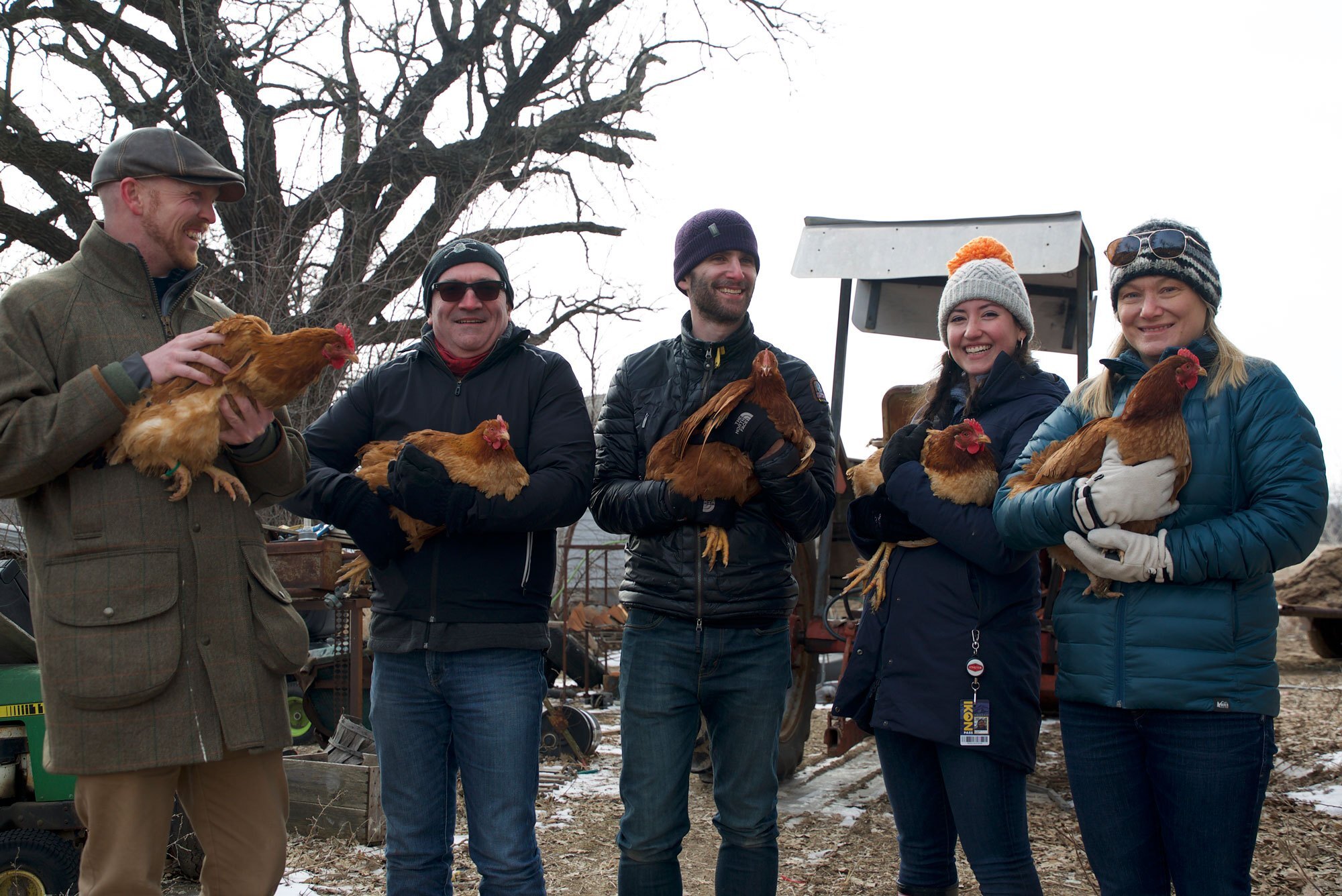by Donavyn Coffey

“We knew dogs benefit from animal protein,” Kelleman says, “but we were asking ourselves if there could be a better way to get it.” This thought process culminated in the 2015 founding of Bond Pet Foods, a biotechnology company that uses yeast to produce animal proteins essential for pet health. Bond Pet Foods is not alone. There are other companies in the pet food space working to eliminate animals from the supply chain. Because Animals, a Canada-based pet food company, is working on a cultured mouse for cats.
Pet food might seem like an odd, or even excessive, starting place for alternative proteins and cultured meat, but the founders of Bond Pet Foods and Because Animals see it as an ideal entry point for cellular agriculture. Unlike cultured meat for humans, there are fewer barriers to acceptance in the pet food world. While a cultured steak or burger will have to pass endless standards in texture, taste, cooking, etc., when it comes to feeding animals, nutrition is the priority. For that reason, these may well be the first cultured meat products to make it to market.
Harbingers of a pet food revolution
The Protein-Packed Dog Treat Bar released last week by Bond Pet Foods may seem inauspicious, but it is a step toward altering the pet food-scape: engineering protein-dense foods for dogs and cats, animals not included. Within a few years, Bond hopes to launch their first animal protein product derived from chicken — more specifically a heritage hen named Inga from Wichita, Kansas. Kelleman’s team inserted protein-coding genes taken from Inga’s DNA sample into yeast. With Inga’s genes added to the yeast DNA, the yeast cells become protein factories, churning out mass quantities of the proteins Bond wants to include in their pet food product.

Natalie Rubio, a New Harvest Research Fellow at Tufts University and advisor to Bond Pets, with company’s team at a heritage chicken farm in Kansas. Together, they chose a chicken from whom to take a DNA sample for Bond Pets’ cell-cultured pet food.
“In the meantime, we’re launching preliminary (non-animal) proteins,” like the ones found in the Treat Bar, Kelleman says. “That just allows us to start educating consumers about the value in proteins made like this.” Recombinant proteins — the term for proteins made by inserting new DNA into a bacterial or yeast cell — is a well-established technology. It is already used in insulin, cheese manufacturing, and, more recently, animal-free egg whites.
Bond and their partners brew the yeast, making slight adjustments to the temperature and pH to refine the taste and amino acid profiles of the proteins in production. Then they kill the yeast and dry it down, so it can be added to a mix or a bar. The chicken proteins are mixed in with plant-based proteins to produce an animal-free diet that still offers the proteins previously only available in meat, says Natalie Rubio, an advisor to Bond Pet Food and a New Harvest Fellow, who is currently completing her PhD in tissue engineering at Tufts University.
“It greatly simplifies the product design to not have to please humans,” according to Rubio, who met Kelleman at New Harvest’s 2017 conference. This allows companies like Bond Pets and Because Animals to focus on formulating animal-free foods, she says, that offer optimum pet health without getting too bogged down by “shape, sizzle and taste.”
Cultured pet food also has the advantage of more information, according to Shannon Falconer, co-founder and CEO of Because Animals. We have a limited knowledge of the chicken and beef being cultured for human consumption, but mice — because they’re a model organism — are much better understood.
Establishing the Technology
Nevertheless, cultured pet food is still a long way from commercial production. It’s going to take a while to build the necessary infrastructure and comply with regulations. Bond’s recombinant proteins, however, could be available to consumers relatively soon.
“Using microbial hosts to produce animal proteins — that technology is more established,” compared to meat culture, Rubio says. “There’s already equipment and structure for production, so the path is way more straightforward.”
Before either company releases a meat or protein product, they have to get consumers on board with this new way of feeding animals. Both companies are using a similar roll-out scheme to get the public more acquainted with their technologies.
“People are more willing to give dogs a more novel ingredient than to eat it themselves. So, there’s a more wide-open opportunity here than on the human side to get some early traction,” Kelleman says. Most people don’t understand recombinant microbial proteins. So Bond is educating potential customers now — in anticipation of future animal protein products — by putting a spotlight on other microbial proteins like nutritional yeast. “It will normalize the technology and people will be more open to propositions like Bond.”
Falconer is taking a very similar approach. Though there’s no way to preview cultured-meat technology, she says, it’s important for Because Animals to establish themselves as a pet nutrition company. They have already released two animal health products: a nutritional yeast cookie and a functional probiotic. “People are able to see demonstrative improvement in pet health using our products.”
As Kelleman sees it, there’s room for a 100 more companies to do the same. “In the next ten years I’d love to see more competitors because I think the industry can sustain it,” he said. “Our way is a great way. But there are so many other ways to look at producing these proteins that completely reframes how people have been feeding their pets for the last half a century.”
This article was produced for New Harvest by Massive Science, a community of scientists telling fascinating, true stories about the science that’s happening now.

